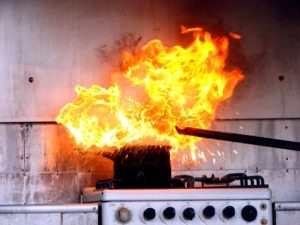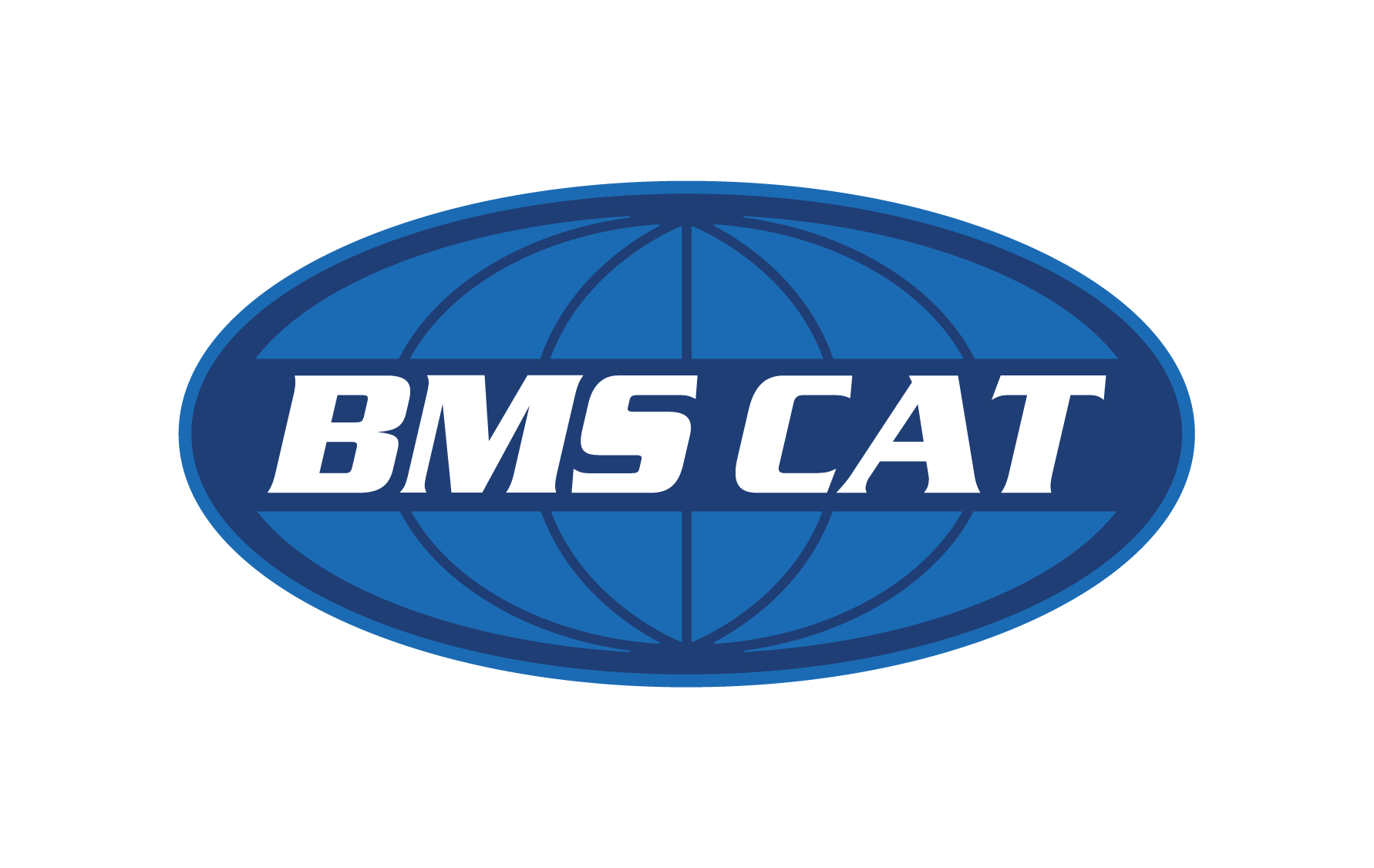 Many of us cook every day without thinking twice about the safety hazards that reside in the kitchen. From 2012 to 2016, cooking accidents were responsible for over 172,000 fire emergency calls in the U.S. More than half —53%— of these fires involved cooking with oil or grease. Grease fires are oftentimes more dangerous than other fires because if they’re not extinguished properly, it is easy for them to spread. Using the wrong material to douse the flame can end in you getting seriously hurt and your home severely damaged.
Many of us cook every day without thinking twice about the safety hazards that reside in the kitchen. From 2012 to 2016, cooking accidents were responsible for over 172,000 fire emergency calls in the U.S. More than half —53%— of these fires involved cooking with oil or grease. Grease fires are oftentimes more dangerous than other fires because if they’re not extinguished properly, it is easy for them to spread. Using the wrong material to douse the flame can end in you getting seriously hurt and your home severely damaged.
Here’s everything you need to know about how to stop a grease fire and prevent one from happening.
How to Stop a Grease Fire the Right Way
Let’s say you’re frying your favorite food and suddenly you notice wisps of smoke escaping from the oil you’re using. Before you know it, there are flames leaping up from the pan. What should you do? The key to putting out a grease fire is to suffocate it by cutting off any oxygen flow. Here are a few ways you can do this safely:
1. Turn Off the Heat Source
The very first step is to immediately turn off the burner, thus eliminating a heat source that could make the fire worse. Though this might be second nature, whatever you do, don’t attempt to move the pan or pot to a cool burner. The oil could splash on your or your kitchen, spreading the flames and causing injury.
2. Cover With a Metal Baking Sheet or Lid
As previously mentioned, you should cut the fire off from any oxygen. You can do this by sliding a metal baking sheet or lid over the pan or pot, cutting off the oxygen and allowing the fire to burn itself out. The key material here is metal. You should never use a glass or plastic lid or sheet as the high heat of the fire can cause these materials to melt or shatter. Leave the sheet or lid on long enough to ensure the fire is completely out. When removing it, slowly slide it off to make absolutely sure the flames are gone for good.
3. Pour Salt or Baking Soda on the Flame
Another way to help remove oxygen is by pouring salt or baking soda onto the flame. However, this works best if you have a large amount of either solution within close reach. Never use flour or baking powder on a grease fire, as these two materials are combustible and can amplify the intensity of the fire.
4. Use a Class B Fire Extinguisher
Most people’s first instinct to a kitchen fire is to reach for a fire extinguisher. However, not all fire extinguishers will put out the same types of fires. Grease and oil fires require the use of a class B extinguisher. These extinguishers are designed to fight flammable liquids that include grease or oil. You can also use a multipurpose extinguisher as long as the label includes class B. When using an extinguisher, make sure you aim the extinguisher at the fire from a safe distance. The high pressure from the extinguisher can cause flames to spread if you are too close.
5. As a Last Resort, Call 911 and Evacuate Your Home
If the steps above don’t contain the fire, you should then call 911 or your local fire department and evacuate your home immediately. Grease fires take only a few minutes to take over the kitchen, so the sooner you realize you need 911 assistance, the better. Fortunately, most types of grease fires—especially if caught early—can be stopped by trying the methods listed above.
Why Can’t I Use Water to Put Out a Grease Fire?
The first impulse, when faced with a grease fire, is often to try putting it out with water. However, this can create a very dangerous situation that can cause the flames to spread. Oil and water don’t share the same density, so water can’t be used to put out a grease fire. In fact, water that gets thrown on a grease fire can turn to steam within nanoseconds due to the fire’s high temperature. The oil molecules can actually attach themselves to the water molecules and “hitch a ride”, so to speak. This means the steam can carry the flames to other surfaces, igniting the fire in surrounding areas. This makes the fire and smoke damage restoration process following the fire lengthy and much more costly. We can’t stress this enough: NEVER put water on a grease or oil fire, even if you don’t have anything else available to safely quell the flames. Call for emergency services.
How to Prevent a Grease Fire
As scary as they may be, grease and oil fires can be prevented by following a few safety precautions while cooking:
1. Use an Appropriate Oil For Frying or Cooking
Cooking oils have various smoke points, which is the maximum temperature to which they can be safely heated. You should always strive to use a cooking oil with a high smoke point for frying. Know the smoke point of the oil you intend the use, and use a cooking thermometer when frying to ensure you stay safely below it.
2. Remove Moisture From Food Before Frying
Any food you intend to fry should be completely defrosted and thoroughly dried off. Never place frozen food into hot oil as the water can splatter and bring hot grease with it.
3. Never Leave the Stove Unattended
47% of kitchen fires are caused by an unattended stove. It only takes a few minutes for a pot or pan to get overheated, so always keep your full attention on your cooking.
4. Keep a Means of Extinguishing the Fire Nearby
Whether it’s a metal cooking sheet, class B fire extinguisher, or a large container of salt, always keep one of these emergency tools within safe reach when cooking with oil or grease.
By following these tips, you’ll ensure a grease fire doesn’t have a chance to start in the first place.
Quick Action Can Stop a Grease Fire
Knowing the correct way of putting out a grease fire can help prevent injury to yourself and your loved ones, as well as preventing serious damage to your home.
Now that you know how to stop a grease fire, be sure to read our top ten tips on preventing house fires.
